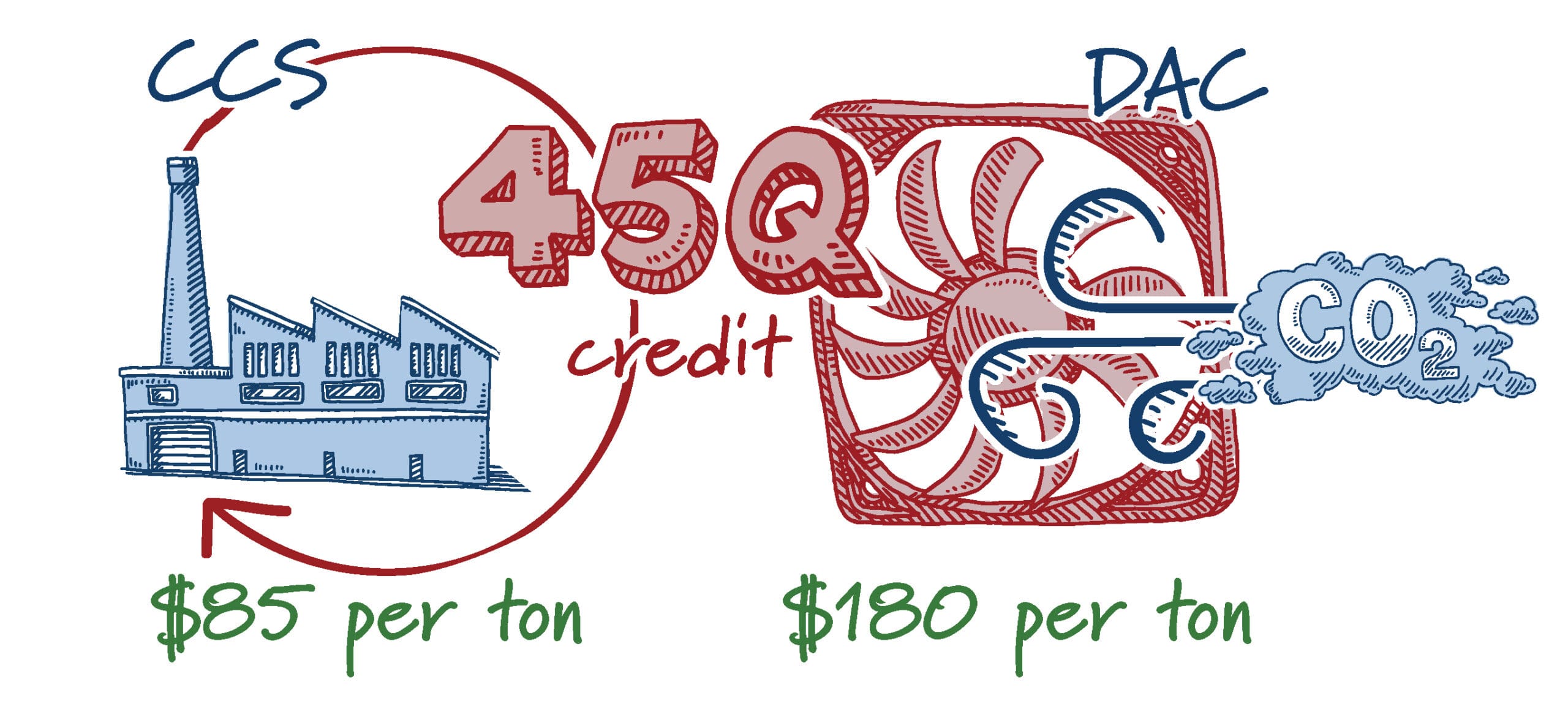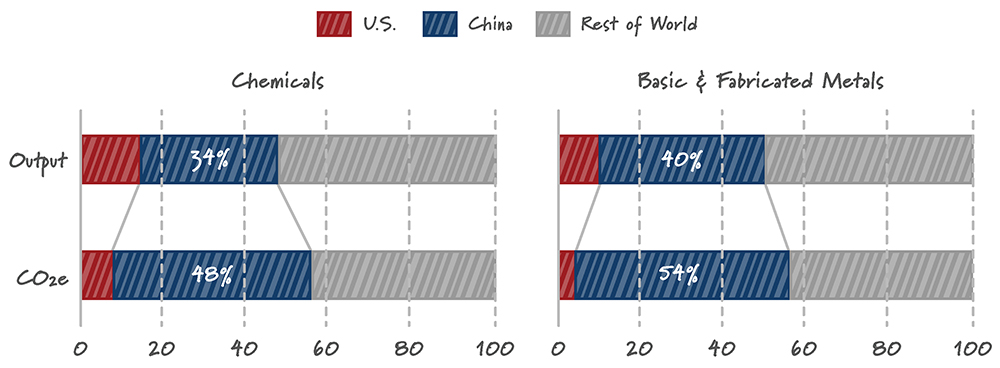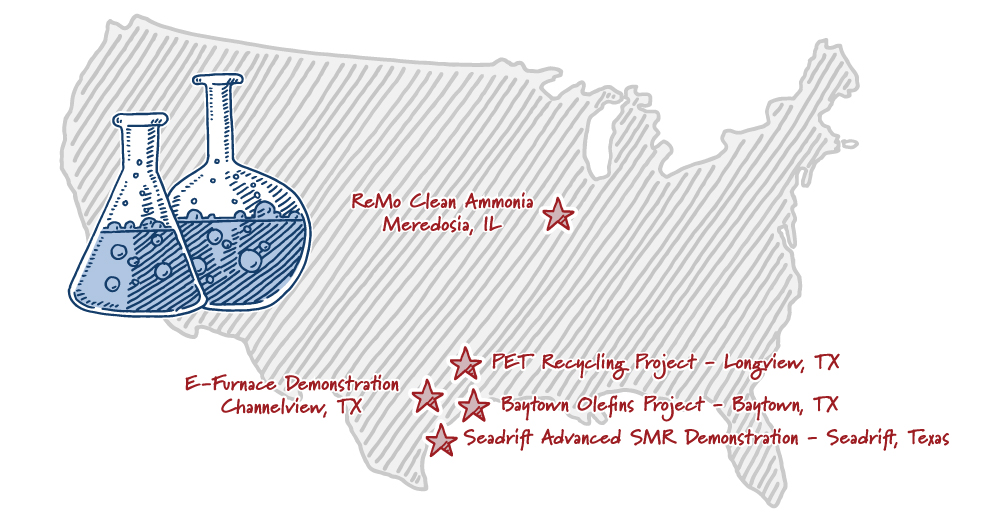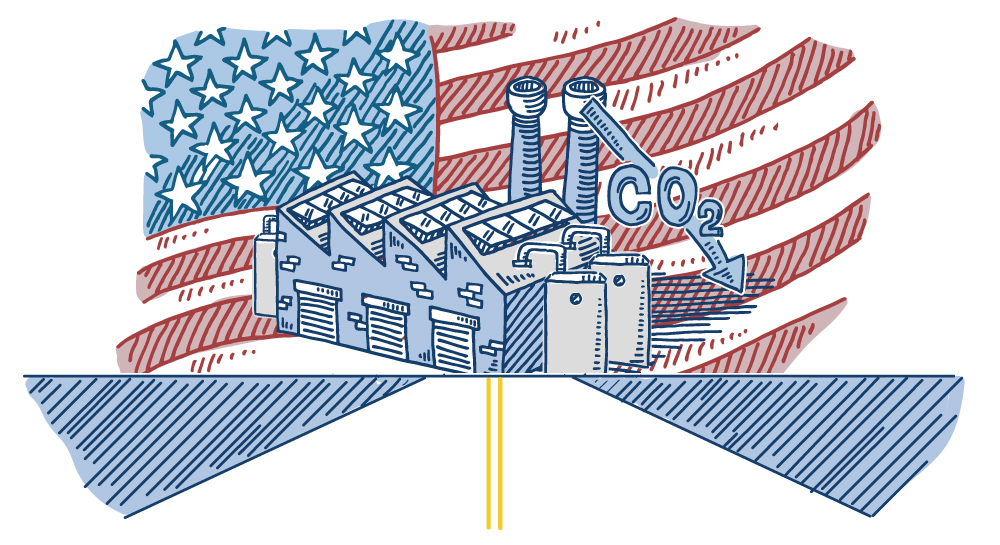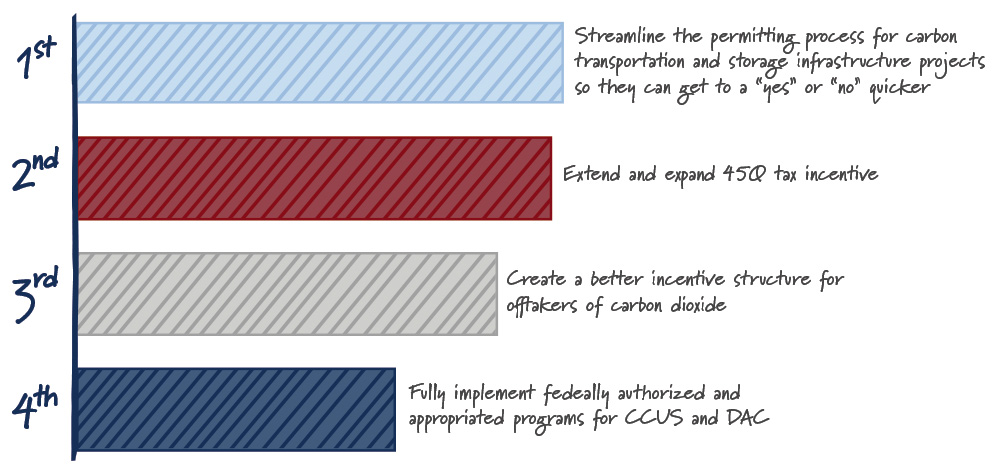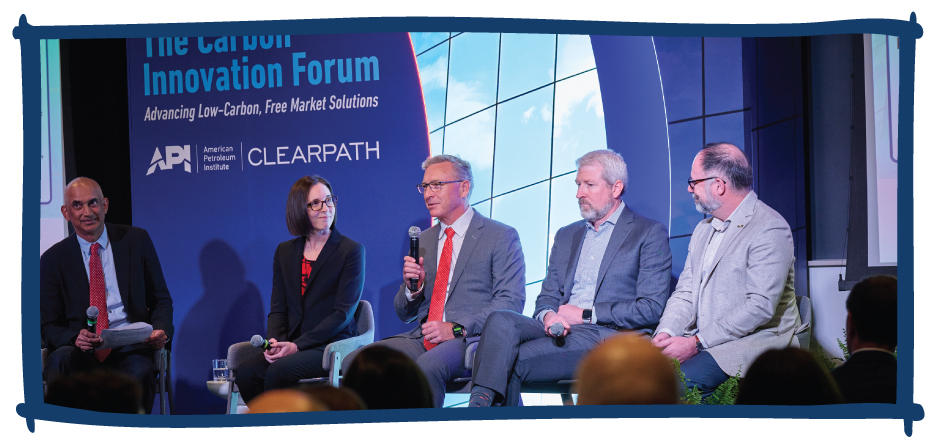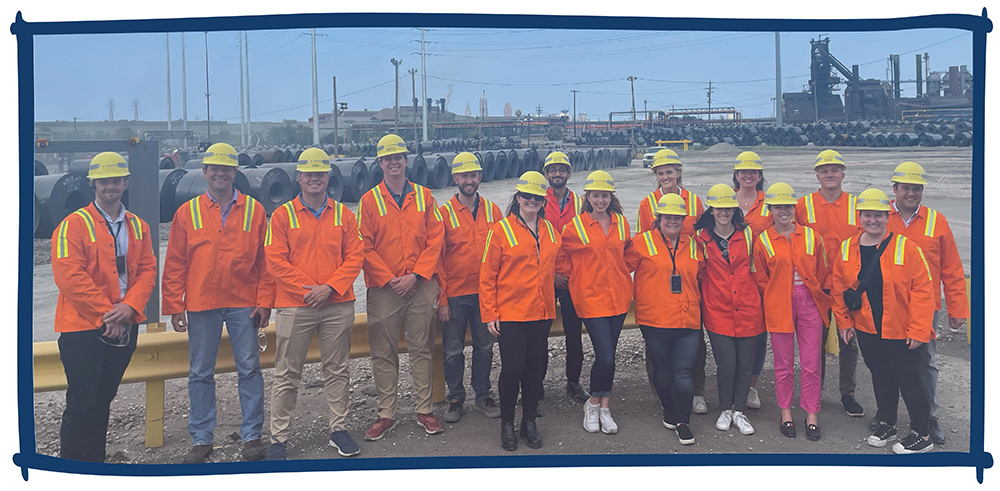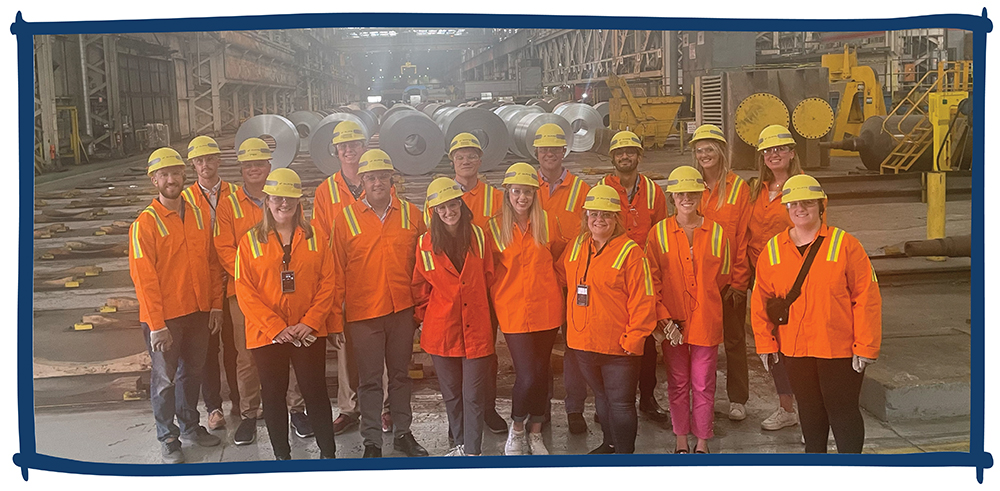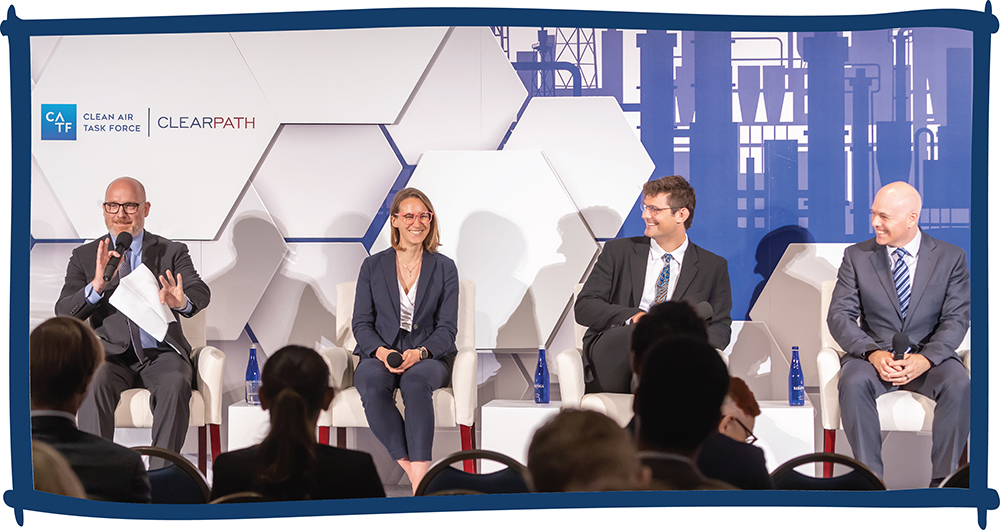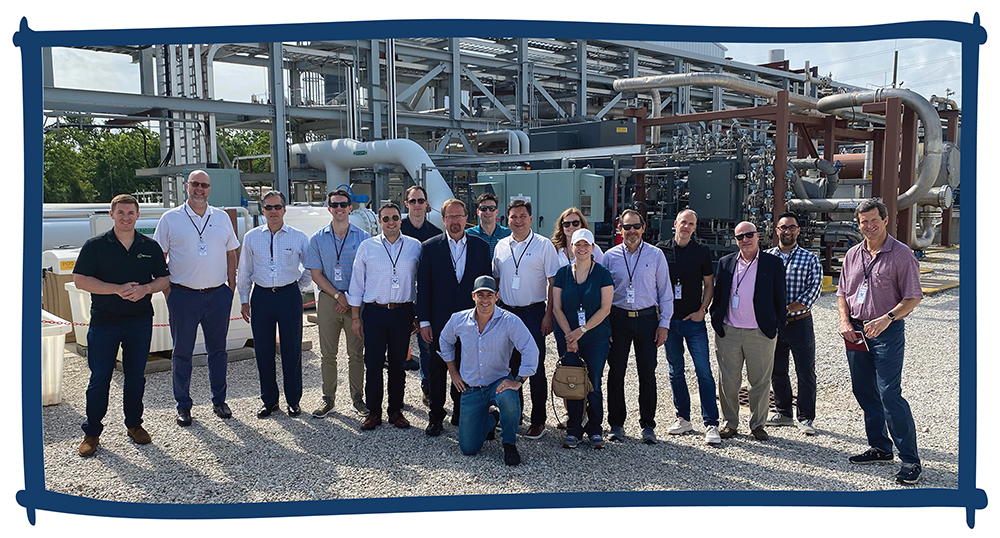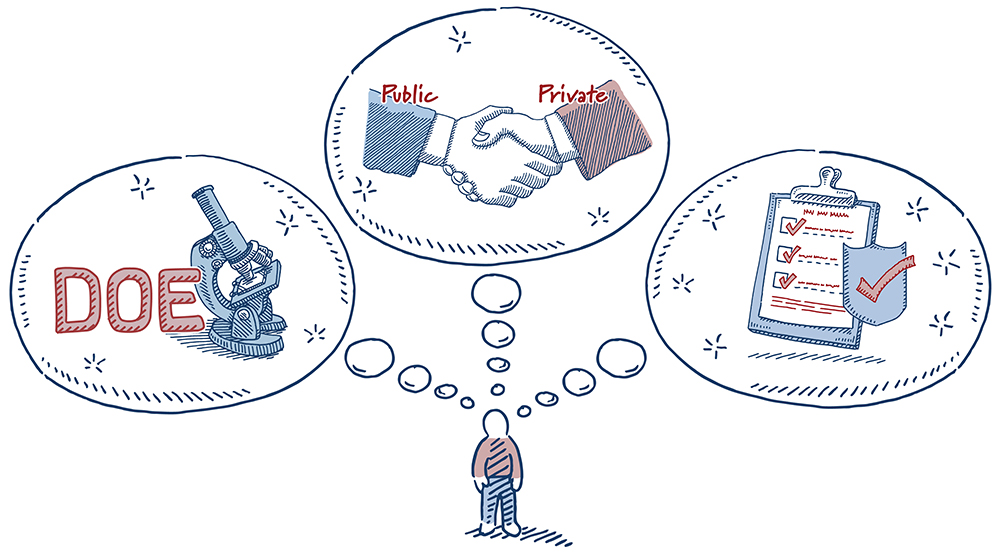Driving American Innovation in the Highway Bill
As Congress looks to work on Surface Transportation reauthorization, the opportunities for innovation continue to grow.
September 2026 marks the deadline to reauthorize the surface transportation titles that were included in the 2021 Infrastructure Investment and Jobs Act (IIJA). That means Congress must make key decisions about how to invest in the nation’s transportation infrastructure system, the connective tissue that promotes economic efficiency and national security.
This reauthorization comes at a time when it is important to consider a new element: the unprecedented construction needs of the AI infrastructure buildout.
The American Cement Association projects that, in addition to roads and bridges, data center construction will require an additional one million tons of cement by 2028, accounting for 25% of office-related cement spending. However, America faces a potential 50 million ton shortfall for essential materials in concrete production, known as supplementary cementitious materials (SCMs). This shortfall, in materials such as coal fly ash, is close to half of current SCM consumption; one of the reasons that reliance on cement imports has grown from 15% to 22% in five years. America’s import reliance may rise even further due to the data center buildout, unless local production and innovation ramp up.
Fortunately, American manufacturers are innovating to help meet the current moment. In Minnesota, Amrize, the nation’s largest cement producer, collaborated with Meta to develop an AI-optimized concrete mixture, which sped up construction time. Brimstone, a cement start-up, has developed a novel method for producing ordinary Portland cement (OPC), the industry standard, utilizing abundant local materials. Brimstone’s technology also offers a clear path to scale up the domestic production of alumina, a key precursor for aluminum, and a source of supply chain vulnerability as the U.S. contains only one alumina refinery in a China-dominated supply chain.
The adoption of this kind of innovation, however, sometimes faces bottlenecks with the largest buyers of these materials, state Departments of Transportation (DOT). The upcoming Highway Bill is a chance to change that by modernizing rules, rewarding innovation in cement, concrete and asphalt and giving states and industry the flexibility to invest in domestic materials production that is more affordable, durable and secure.
Opportunity #1: Drive state DOT innovation by accelerating the shift to performance specifications
State DOTs predominantly regulate the use of cement, concrete and asphalt in infrastructure projects by requiring producers to follow preset rules based on the type or chemical makeup of the material. These rules are also known as prescriptive specifications. A ClearPath-led study found that all 50 states have at least one type of prescriptive specification, blocking market access for use of innovative materials in state infrastructure projects that can improve performance and reduce costs. For example, a 2020 Texas DOT field study highlighted that shifting to performance specifications for asphalt could save roughly $80 million annually.
These specifications also have important spillover effects because state DOTs are often the largest buyers in a given market, and their standards often set the precedent that private buyers follow.
States can address this bottleneck by shifting to performance specifications that regulate material use based on engineering properties, rather than preset recipes based on chemistry. This can unlock market access for materials based on new technologies and chemistries that can perform at the same level, if not better, and enable producers to apply their technical know-how to tailor their products to a specific geography and application.
Opportunity #2: Scale-up manufacturing by providing advanced demand certainty
Bringing innovative materials to market at scale is challenging. The construction industry is a boom-and-bust sector, where materials are purchased for immediate use and delivery, making it difficult for material producers to demonstrate guaranteed demand and secure financing.
One way to de-risk manufacturing investment is to provide state DOTs, major procurers of cement, concrete and asphalt, with the flexibility to support innovative production, as the demand generated by state DOTs orders can scale-up manufacturing. This strategy has successfully commercialized manufacturing in other strategic sectors, such as NASA’s Commercial Orbital Transportation Services (COTS) program, which launched the commercial spaceflight industry.
Legislative proposals that could remove innovation roadblocks
Lawmakers in both chambers of Congress have been working on bipartisan legislation to boost cement, concrete and asphalt innovation: the Concrete and Asphalt Innovation Act (S.1067), co-sponsored by Sens. Thom Tillis (R-NC) and Chris Coons (D-DE), and its companion legislation, IMPACT Act 2.0 (H.R. 2122), co-sponsored by Reps. Max Miller (R-OH) and Valerie Foushee (D-NC).
Both pieces of legislation aim to solve the identified challenges. The bills establish a voluntary Federal Highway Administration (FHWA) grant program to provide states with technical assistance and financial reimbursement to shift to performance specifications. Shifting to performance specifications will require new tools and training, and the proposed program can help state DOTs manage the cost of the equipment purchases, training and field testing needed to use performance specifications safely.
The bills also expand the list of eligible projects states can pursue under the Surface Transportation Block Grant (STBG) program. Through these proposals, state DOTs will be able to use STBG funds to:
- Procure innovative materials that provide an engineering or environmental benefit; and
- Issue multi-year advance purchase commitments, at a specified quantity and price, for the innovative materials
With the STBG authority in place, state DOTs will be able to provide demand certainty, helping first-of-a-kind projects scale production. In addition, the bills establish contract guardrails, adapted from Department of War procurement best practices, to protect taxpayer dollars.
Boosting supply chain resilience, performance and cost-effectiveness
By eliminating bottlenecks in material specifications and establishing demand certainty, Congress could unleash American innovation to boost supply chain resilience, performance and cost-effectiveness and deliver the following benefits:
- Plug supply chain gaps and decrease U.S. reliance on cement imports;
- Reduce costs and improve the performance of transportation infrastructure; and
- Build critical infrastructure, such as data centers, more quickly.
The Highway Bill reauthorization presents an opportunity for Congress to unleash American innovation in cement, concrete and asphalt production to deliver the next generation of high-performing, cost-effective and clean surface transportation infrastructure.
